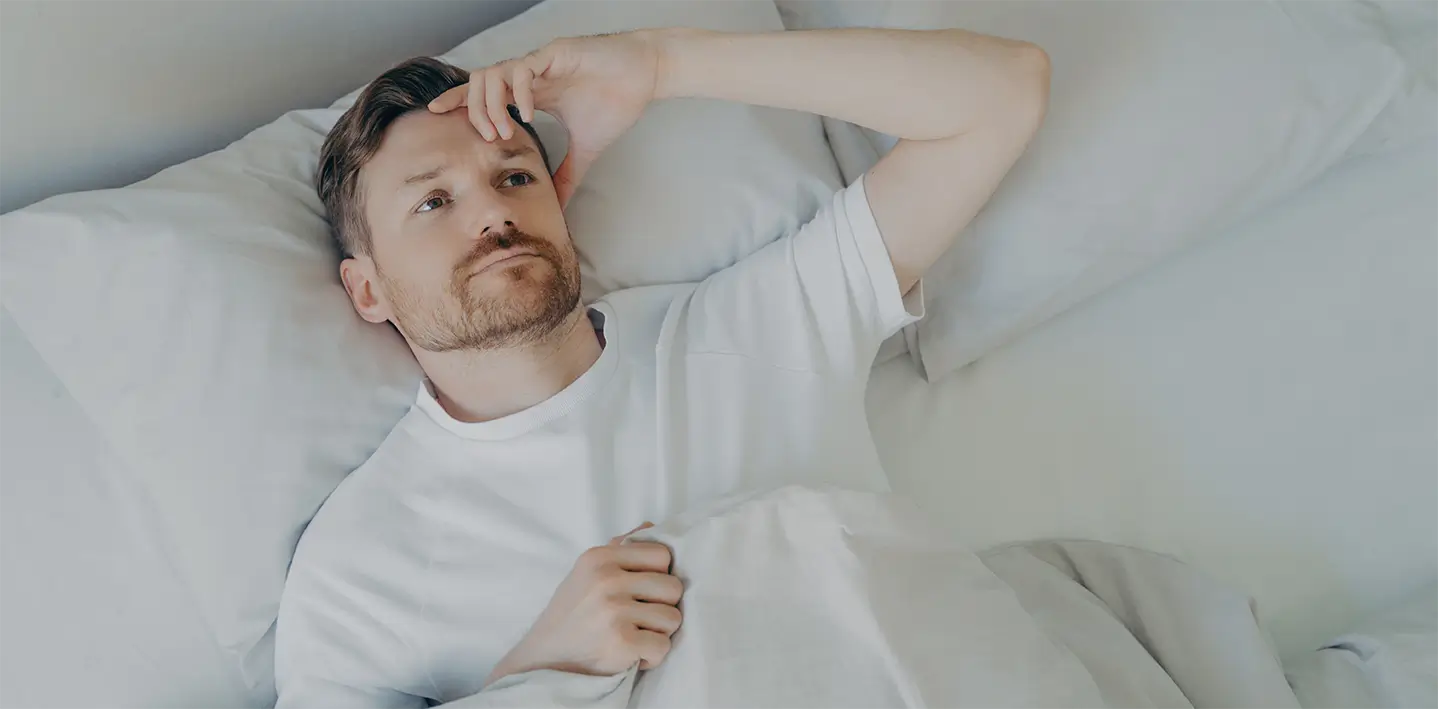The negative health implications of sleep apnea go far beyond everyday drowsiness and irritability. Studies have shown that OSA leads to poor mental health, showing up in subpar mood regulation, low emotional resilience, and reduced cognitive function. In addition, studies show that between 40% and 80% of people with cardiovascular disease also have OSA.1 And sleep apnea can cause serious metabolic issues by disrupting the body’s hormonal balance and energy regulation, including diabetes.
Benefits of the AIRLIFT Hyoid Suspension Procedure
AIRLIFT does more than provide relief from obstructive sleep apnea (OSA). Starting with a simple 30-minute procedure, patients embark on a journey of lifelong relief, reporting an impressive 74% reduction in sleep apnea symptoms following the procedure.2 You can bid farewell to the CPAP mask, avoid needing (yet another) App on your phone, and keep the TV one as the only remote you own.
Hypoglossal nerve stimulation, the technology behind the Inspire sleep apnea solution, doesn’t solve the issues that cause your airway to collapse – so if you aren’t actively using it, you get zero benefit from the therapy. As with any therapy that doesn’t fix your airway, there are always strings attached to ensure success. With CPAP, there’s a mask, machine, and hose to manage along with possible side effects like mask discomfort, dry mouth, and claustrophobia. Hypoglossal nerve stimulation requires nightly use of a remote to activate the device and the use of an app for control. Some users may experience mild discomfort or unusual tongue movements due to nerve stimulation. Regular visits to your sleep specialist are also necessary to fine-tune the device settings.3
Unlike treatments that “mask” the problem, AIRLIFT fixes the problem long-term and frees you of equipment, apps, and remotes.
In addition to better sleep quality and quality of life, long-term studies show that sleep surgery procedures like AIRLIFT provide lasting benefits, from better cardiovascular outcomes to lower mortality rates. For example:
- Cardiovascular outcomes: Research shows that sleep surgery greatly reduces the risk of significant cardiovascular outcomes, and patients who’ve undergone sleep surgery for OSA actually have a lower likelihood of congestive heart failure compared to those who’ve never had OSA.4
- Mortality rates: One study showed that over 13 years of follow-up, sleep surgery actually lowered the risk of mortality by 31% over CPAP.5
AIRLIFT offers many patients a welcome solution to OSA—especially when CPAP fails or they don’t qualify for Inspire. With its potential to extend life expectancy and reduce major health issues, AIRLIFT may be the silver lining you’ve been looking for.
Curious to find out if AIRLIFT is your silver lining? Find a provider near you.
Sources:
- Yeghiazarians Y, Jneid H, Tietjens JR, et al. Obstructive Sleep Apnea and Cardiovascular Disease: A Scientific Statement From the American Heart Association. Circulation. 2021;144(3):e56-e67. doi:https://doi.org/10.1161/CIR.0000000000000988
- Van Tassel J, Chio E, Silverman D, Nord RS, Platter D, Abidin MR. Hyoid Suspension With UPPP for the Treatment of Obstructive Sleep Apnea. Ear Nose Throat J. 2021 Mar 18.
- Wachtel A. Hypoglossal Nerve Stimulation Implant. Barrow Neurological Institute. Published April 11, 2025. https://www.barrowneuro.org/treatment/hypoglossal-nerve-stimulation-implant/
- Lee, H. M., Kim, H. Y., Suh, J. D., Han, K.-D., Kim, J. K., Lim, Y. C., Hong, S.-C., & Cho, J. H. (2018). Uvulopalatopharyngoplasty reduces the incidence of cardiovascular complications caused by obstructive sleep apnea: results from the national insurance service survey 2007–2014. Sleep Medicine, 45, 11–16. https://doi.org/10.1016/j.sleep.2017.12.019
- Weaver EM, Maynard C, Yueh B. Mortality of veterans with sleep apnea: untreated versus treated. Sleep. 2004; 27:A208. Abstract.

